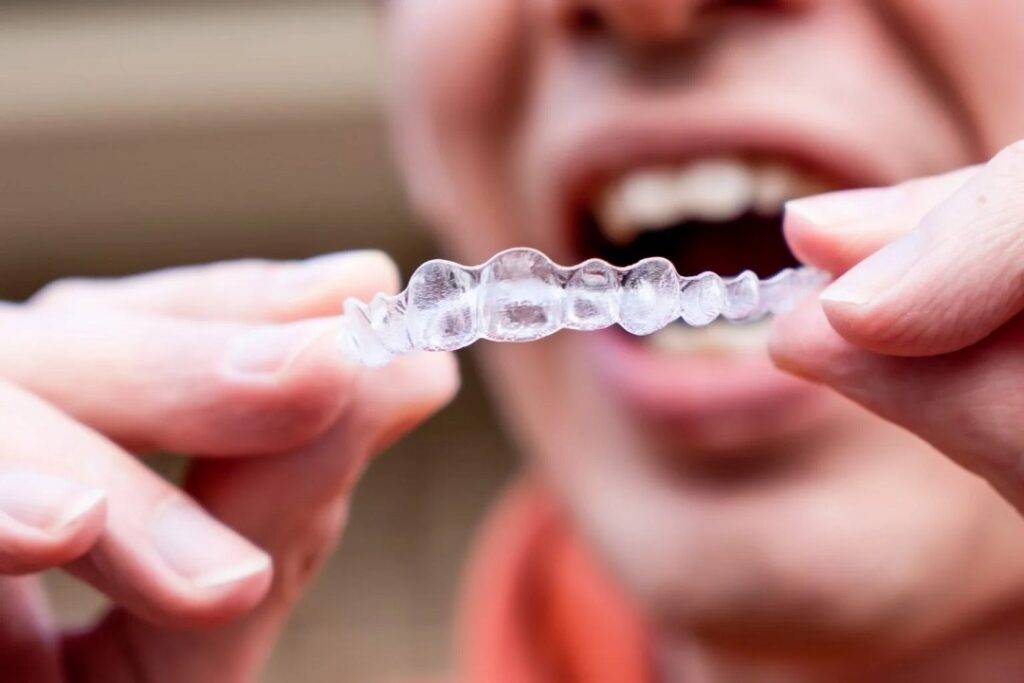Clear aligners have transformed orthodontic treatment, offering a discreet and comfortable solution for straightening teeth. However, as their popularity rises, so does concern about their environmental impact.
Traditional clear aligners are made from medical-grade plastic, which is not biodegradable and contributes to plastic waste. With millions of aligners being used and discarded globally, the industry is facing increasing scrutiny regarding sustainability.
This has led to the exploration of eco-friendly alternatives and responsible practices that can reduce the environmental footprint of orthodontic treatments.
One of the primary environmental concerns associated with clear aligners is their production process. Aligners are typically manufactured using thermoplastic materials like polyurethane, which require energy-intensive production methods and generate plastic waste.
Each treatment involves multiple sets of aligners, further increasing plastic consumption. Additionally, packaging, shipping, and disposal of used aligners add to the overall carbon footprint.
Since most aligners are not recyclable due to their medical-grade classification, they end up in landfills, contributing to long-term plastic pollution.
Sustainable alternatives and innovations are gradually emerging to address these issues. One of the most promising solutions is the development of biodegradable or recyclable aligner materials.
Researchers are exploring plant-based bioplastics and compostable polymers that can break down naturally without harming the environment. Some manufacturers are also experimenting with aligners made from partially recycled plastics, reducing the need for virgin plastic production.
While these options are still in the early stages, they represent a step toward making orthodontic treatments more sustainable.
Another approach to reducing the environmental impact of clear aligners is implementing recycling programs. Some companies have started initiatives where patients can return their used aligners for proper disposal or repurposing.
While traditional recycling centers do not accept clear aligners due to hygiene and material composition concerns, specialized recycling programs can process them more effectively. Encouraging patients to participate in such programs can help reduce waste and promote responsible disposal habits.
Digital advancements in orthodontics are also contributing to sustainability efforts. The integration of 3D printing technology has allowed for more precise manufacturing processes, reducing material waste.
Traditional methods of producing aligners involve cutting out aligner shapes from large plastic sheets, leading to excess waste. 3D printing, on the other hand, enables the creation of aligners with minimal material loss, making the process more efficient and environmentally friendly.
Additionally, digital impressions have replaced physical molds, eliminating the need for disposable impression materials that contribute to landfill waste.
Beyond material innovations, sustainability in orthodontics extends to energy-efficient production practices and carbon footprint reduction. Some companies are shifting towards eco-friendly manufacturing facilities powered by renewable energy sources.
Others are optimizing supply chain logistics to minimize emissions from transportation. By implementing these changes, aligner manufacturers can make significant progress in reducing their environmental impact while continuing to offer effective treatment solutions.
As awareness of environmental sustainability grows, both dental professionals and patients are becoming more conscious of their choices.
Clinics can play a role by partnering with environmentally responsible brands, offering recycling options, and educating patients about sustainable practices. Patients, in turn, can contribute by choosing brands that prioritize sustainability and following responsible disposal methods.
While clear aligners provide a modern and convenient orthodontic solution, it is essential to address their environmental impact. With advancements in biodegradable materials, recycling programs, and eco-friendly manufacturing, the future of clear aligners is becoming more sustainable.
As the industry continues to innovate, the goal is to achieve a balance between effective treatment and environmental responsibility, ensuring that orthodontic care remains both patient-friendly and planet-friendly.


